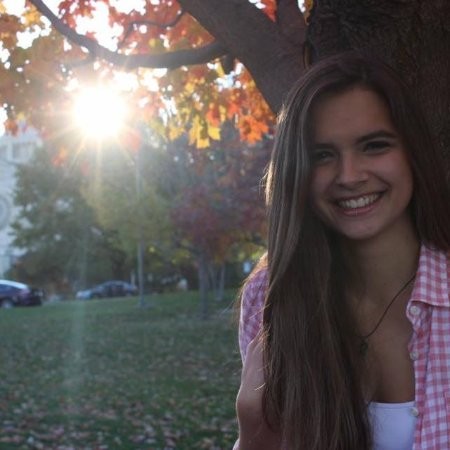In the world of software development, adaptability is no stranger. For enterprise coders of software applications, every day presents new challenges and may consist of a lot of manual coding. But with the rise of low code and no code approaches to application development, the hours, weeks, days or months of hand coding may be completely eradicated.
But what is low code and no code?
Low code application development is a software development approach to coding that allows users to create and manage applications quickly with minimal manual coding required. Simply put, it’s the process of dragging and dropping blocks of code into a workflow to create applications.
On the other hand, no code development is an approach to building applications without the need for any coding. That’s right—no coding. This approach to coding is mainly targeted at citizen developers who have little to no coding or programming language skills who still need to build applications for their organization.
If you’re considering moving away from highly intensity forms of coding, it’s important to understand the differences between low code and no code, the benefits of both, why coding challenges have contributed to the popularity of low code and no code platforms and how solutions such as EdgeReady Cloud can help.
Challenges of Manually Coding Applications
Before understanding the difference between both no code and low code, it’s critical to explore what modern day challenges are contributing to the shift in the way applications are being developed for many businesses.
Below is a quick overview of roadblocks that manually coding applications has contributed to:
- Development Time: the development period of manually coded web applications can take months until it’s fully completed, causing man hours sacrificed towards the tedious development period. After the go-live, your team may also find themselves having to expend time maintaining the success of the app post deployment.
- Lack of Integration and Customization: not only are manually built apps unable to integrate to third-party tools, but there’s a lack of customization. This can make the process of coding the app strenuous to complete.
- Manual Processes: coding manually gives way to inevitable errors. Coding mistakes can account for lost revenue for your business and time expended on correcting errors in a line of code.
- Expensive Developers: typically, experienced developers or coders is crucial for execution of an app if there’s no one technically-savvy on your team. Costs associated with developers and advanced coders cause a dent in a company’s budget that could otherwise be used for business growth.
Difference Between Low Code and No Code Platforms
Now that application coding challenges have been emphasized, what really is the underlying difference between low code and no code platforms? Let’s dig a little deeper.
Low code application development platforms, such as EdgeReady Cloud, require some manual coding to account for the development of an application. Structurally, this allows for more customization for a higher-level version of an enterprise application.
On the other hand, no code platforms don’t require any hand coding whatsoever. The user doesn’t need to modify any underlying codebase. Citizen developers enjoy the agility of creating applications without writing a single line of code.
So, what are the benefits that either platform can provide to coders seeking a new way to build applications?
Benefits of Using Low Code and No Code Platforms
When deciding on the right approach to coding applications for your business, it’s important to dissect some of the benefits of each kind of platform:
Low Code
- Rapid Development and Deployment: low code platforms decrease the duration of design for applications and implementation- giving users back valuable time. The ability to simply drag and drop blocks of code into workflows
- Customization: coders enjoy pre-built template design templates and the ability to import existing designs without interfering with performance.
For more insight into the benefits of low code platforms, check out our blog here.
No Code
- No Coding Experience Needed: catered to non-IT professionals, users of no code platforms enjoy the experience of building applications without complex coding language
- Little Training: because no code doesn’t require complex coding, anyone in your company is able to quickly create apps
In summary, if your organization requires an agile approach to coding that doesn’t require writing a single line of code, no code development platforms will probably help your use case. On the other hand, if more customization is required for a higher-level application, the low code approach is the winner, allowing for adjustments where needed. An example of a low code application platform is EdgeReady Cloud.

Pillir’s Low Code Platform and ABAP Analyzation Tool
EdgeReady Cloud provides low code and no code, rapid application development with little-to-no programming and reusable objects; enabling companies to enhance speed to market and innovation. This offers users the ability to build apps quickly that integrate with their existing business system and enhance mobility solutions within any industry.
With pre-built integrations for SAP, Oracle, Microsoft Dynamics, Salesforce.com and other legacy systems, customers leverage Pillir to modernize any process or application in weeks, regardless of connectivity, device or back end system.
Pillir also allows you to Modernize SAP ERP , by first provide you with complete visibility and analysis to your ABAP custom objects and then allow you to automatically convert your legacy ABAP code and business logic to a modern mobile-friendly app.
Learn how to lower your technical debt and identify ways to enhance your speed to market with an efficient low code platform like EdgeReady Cloud. Receive a free 30-day trial of EdgeReady Cloud today - contact our team to learn more.




 Back
Back/Logo%20-%20black%20text%20blue%20pillar%20(large)-1.jpg)

